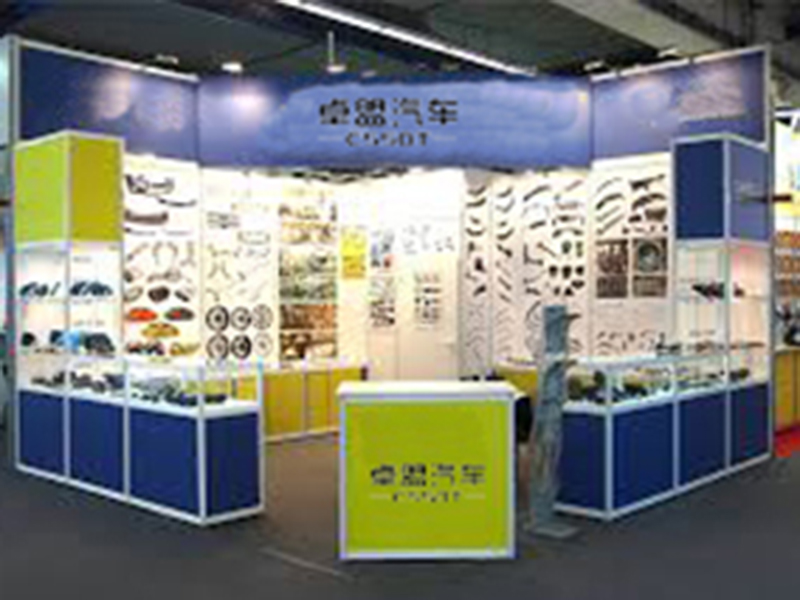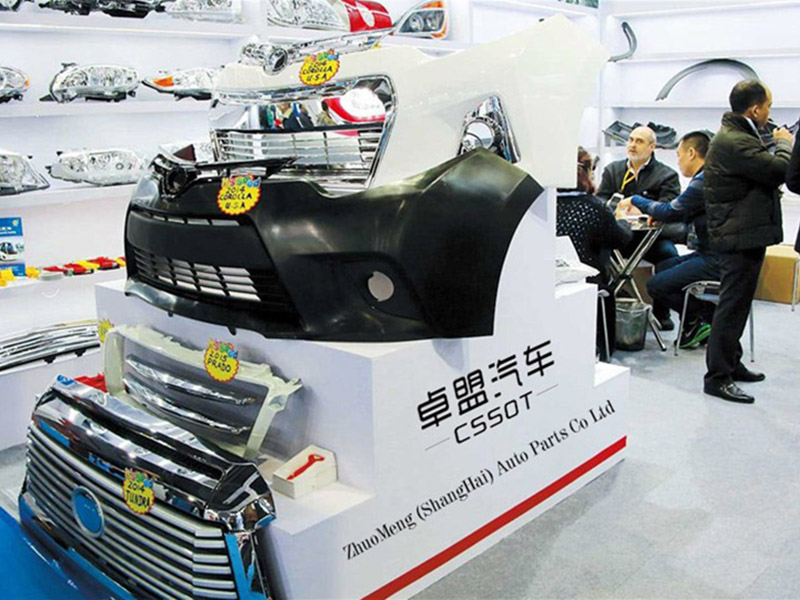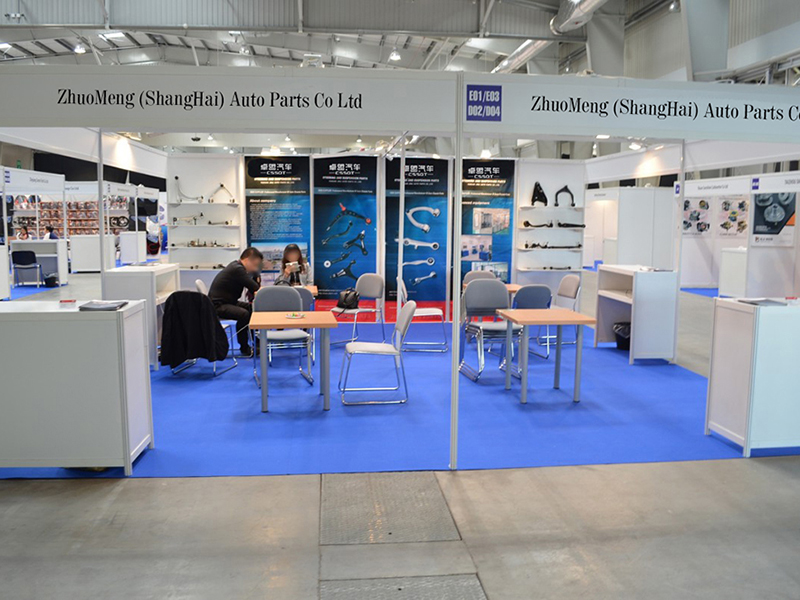Expansion tank is a steel plate welded container, there are various sizes of different specifications. The following pipes are usually connected to the expansion tank:
(1) Expansion pipe It transfers the increased volume of water in the system due to heating and expansion into the expansion tank (connected to the main return water).
(2) The overflow pipe is used to discharge the excess water in the water tank that exceeds the specified water level.
(3) The liquid level pipe is used to monitor the water level in the water tank.
(4) Circulation pipe When the water tank and expansion pipe may freeze, it is used to circulate the water (at the bottom center of the water tank, connected to the main return water).
(5) The sewage pipe is used for sewage discharge.
(6) The water replenishment valve is connected to the floating ball in the box. If the water level is lower than the set value, the valve is connected to replenish the water.
For safety reasons, it is not allowed to install any valve on the expansion pipe, circulation pipe and overflow pipe.
The expansion tank is used in the closed water circulation system, which plays the role of balancing the water volume and pressure, avoiding the frequent opening of the safety valve and the frequent replenishment of the automatic water replenishment valve. The expansion tank not only plays the role of accommodating the expansion water, but also acts as a water replenishment tank. The expansion tank is filled with nitrogen, which can obtain a larger volume to accommodate the expansion water volume. Hydrate. The control of each point of the device is interlocking reaction, automatic operation, small pressure fluctuation range, safety and reliability, energy saving and good economic effect.
The main function of setting the expansion tank in the system
(1) Expansion, so that the fresh water in the system has room to expand after being heated.
(2) Make up water, make up for the amount of water lost due to evaporation and leakage in the system and ensure that the fresh water pump has sufficient suction pressure.
(3) Exhaust, which discharges the air in the system.
(4) Dosing, dosing chemical agents for chemical treatment of frozen water.
(5) Heating, if a heating device is installed in it, the chilled water can be heated to warm the tank.





